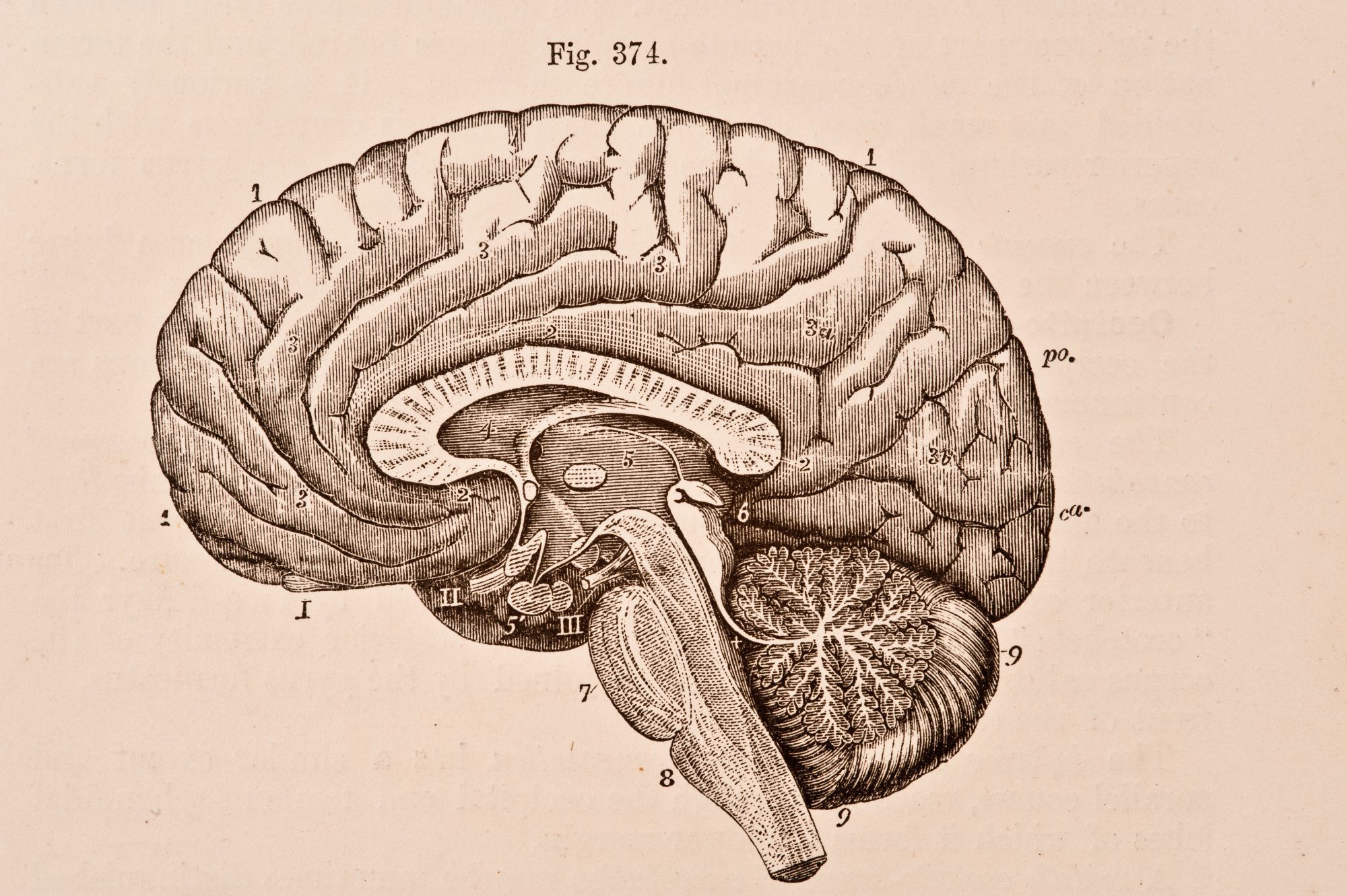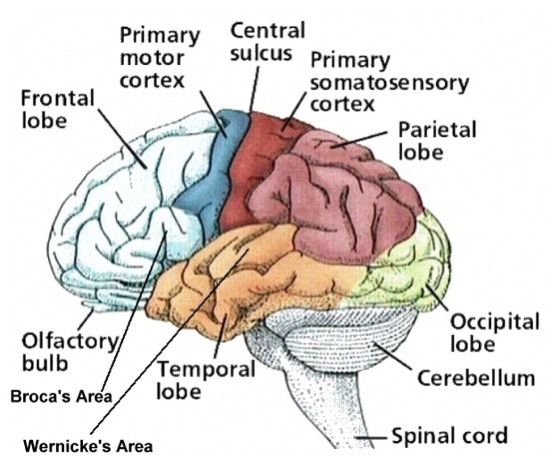MEMORIES AND CONNECTIONS

Recently, I have been thinking about the neurological science behind the way your brain makes connections and memories. Its so small and sudden that you don't even realize it, and it happens all the time. Just this morning I was going for my morning walk with my dog ,Magnum, and I saw a rosemary plant *click* then I was thinking about bees *click* now I'm thinking about my school project *click* now I'm thinking about what homework I have to finish, and it goes on and on and on. Personally I have even spoken to close loved ones about it to and they say they have recognized their brain making and fusing together these memories into connections as-well.
You could even think of your brain as a spider web. The way your brain makes connects and how it links things to something else is a perfect replica of a spider web. You are the spider running around and making memories and whenever you think about those memories or special times, its almost like you (the spider), is tapping on the web and the vibrations carry through your spider web brain and when the vibration hits other memories you make the connection.

Storing Memories
After your brain makes connections and memories, it stores them in more then one part of your brain. These places all have their own important jobs, they all store different types of memories and connections. Here are the different types of areas your brain stores memories:
-Frontal Lobe: the frontal lobes store semantic and episodic memories
-Motor cortex: the motor cortex is involved in storing procedural memories
-Cerebellum: The cerebellum plays an important role in the storage of procedural memories
-Hippocampus: the hippocampus plays a pivotal role in the formation of new long-term semantic and episodic memories
-Amygdala: the amygdala is vital to the formation of new emotional memories
-Temporal Lobe: the temporal lobe is involved in the formation and storage of long-term semantic episodic memories and contributes to the processing of new material in short-term memories
-Prefrontal cortex: the prefrontal cortex in involved in the storage of short-term memories
These parts of your brain all have to work together to make and store memories, they all communicate and connect to complete this task. They all work as a team, remember, there no I in team! Hope you guys enjoyed this read!
